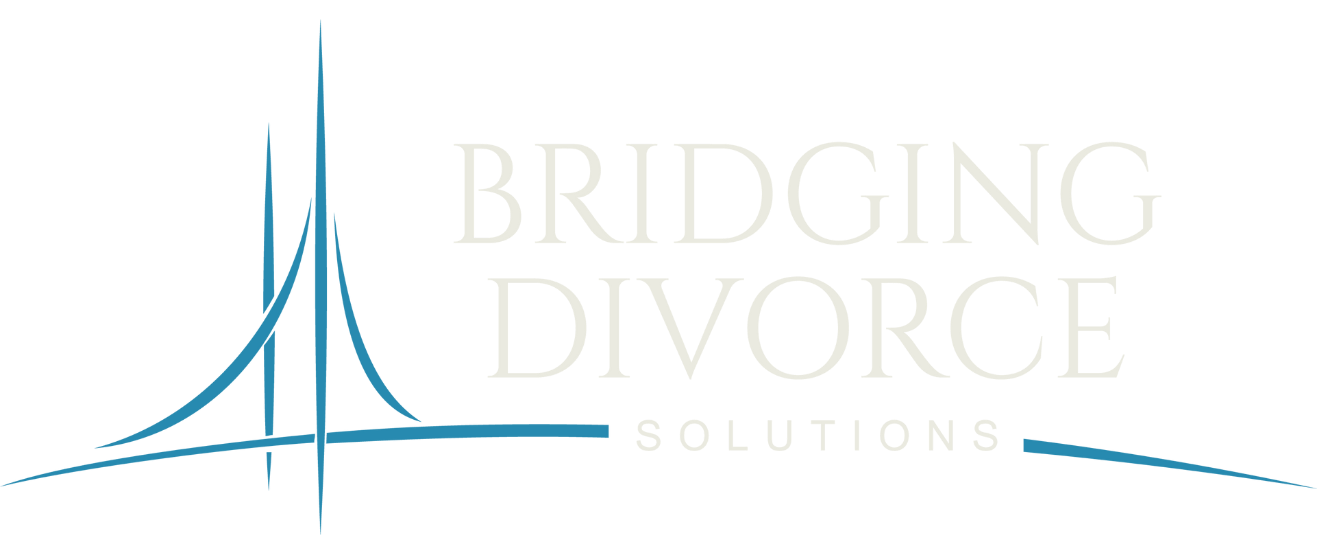Divorce is a difficult and emotional process that can be overwhelming, especially when it comes to dividing assets and debts. However, it is essential to approach this process with a clear mind and a plan in place. In this blog post, we will discuss how to gather information about what you own, how to divide debts, and what to consider when valuing assets during the divorce process.

1. What Do You Own?
The first step in dividing assets during a divorce is to gather all the information about what you own. It is crucial to include all accounts, even those that are not joint or marital assets, to avoid any confusion about what is included in the settlement agreement. A good way to do this is to use an Asset and Liability Worksheet, which prompts you through various categories and helps you gather all the necessary information. If you’d like a sample to work with, contact my office at info@bridgingllc.com, and we’ll send it to you.
2. Value Everything
When it comes to valuing assets, it is important to have a good idea of their worth, but it is not necessary to update or value everything on the same date in the beginning. Instead, you can use estimated values while working on your settlement, and then pick one date to value everything and revise the numbers on your settlement spreadsheet to reflect the actual values at the same time. While you’re valuing everything, be careful not to over or undervalue something. In the case of things that have sentimental value, that may mean a lot to you but remember the real monetary value is what someone else would pay for it.
3. Negotiate Debts
Debts are also a significant factor to consider during a divorce, and they can impact a considerable portion of a couple’s assets. It is essential to divide debts fairly and equitably between the two parties, including credit card debt, loans, and mortgages. However, debt can be sticky, especially if one party runs up credit debts or takes loans that the other wasn’t aware of or disapproved of.
In most cases, the best way to divide debts is to negotiate between the two parties for the best and most reasonable outcome. It is important to consider each party’s ability to repay the debt, as well as their income and financial situation. One option is to structure your agreement so that joint debt is paid out of assets when you finalize your divorce, giving each of you a clean slate to move forward in your financial lives.
Tip: It is crucial to ensure that you are fair and equitable in your division of debts and assets during a divorce. With the help of an experienced divorce professional, you can ensure that your debts and assets are divided in a way that is best for both parties involved.
When valuing assets, it is important to understand what type of account it is, whether it is liquid or not, and what the rules are about accessing it.
This is by no means a comprehensive list, and if you find that some of the things you own as property or investments are omitted, it is best to seek help from a professional who can answer your questions about the nature of the account. In the case of company-sponsored retirement accounts, it may be necessary to be tenacious and dig deep to ensure you have a complete understanding of how they work and what limitations exist on those funds.
Approach Dividing Assets with a Clear Mind and a Plan in Place
Gathering all the necessary information about what you own, dividing debts fairly and equitably, and valuing assets correctly are crucial steps in this process. With the help of an experienced divorce professional, you can ensure that your divorce is settled in a way that is fair and equitable for both parties involved.
Ensure that you have all the tools you need to navigate this difficult process. Reach out today for a free Discovery Call to see how Bridging Divorce Solutions can help you.





